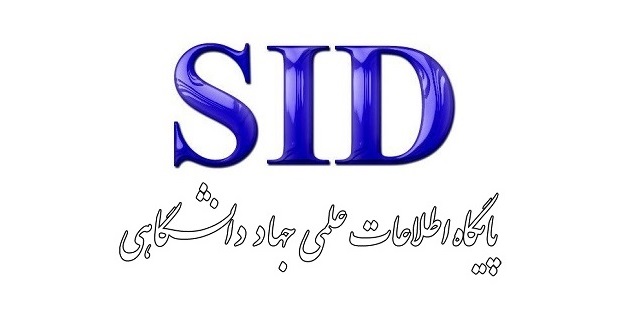The presence of the United States in the Middle East and the Persian Gulf and the increase in political-economic tensions between Iran and Saudi Arabia
Keywords:
United States, Iran, Saudi Arabia, Middle East, Persian Gulf, Regional security complexAbstract
The relations between Iran and Saudi Arabia, both before and after the Islamic Revolution, have fluctuated between competition and cooperation, stemming from various geopolitical, geocultural, geoeconomic, and geostrategic factors at the state, inter-state, and structural levels. These differences have led to their negotiations reaching an impasse or not resulting in long-term outcomes for cooperation. This study aims to analyze the impact of the United States' influence and actions on the political and economic tensions between these two actors in the Middle East and Persian Gulf security complex. The research method is library-based and reviews the subject's history with a practical purpose. The main question posed is: What impact has the United States had on exacerbating the disputes, conflicts, and competitions between Iran and Saudi Arabia in the Middle East security complex? To answer the above question, within the framework of regional security, and using a descriptive-analytical method, this hypothesis is tested: The United States' regional political-economic interests in the Middle East and the Persian Gulf are secured through maintaining the state of tension and conflict between Iran and Saudi Arabia; therefore, by influencing and affecting Saudi Arabia and creating regional tensions, it prevents the establishment of long-term cooperative relations between them.






